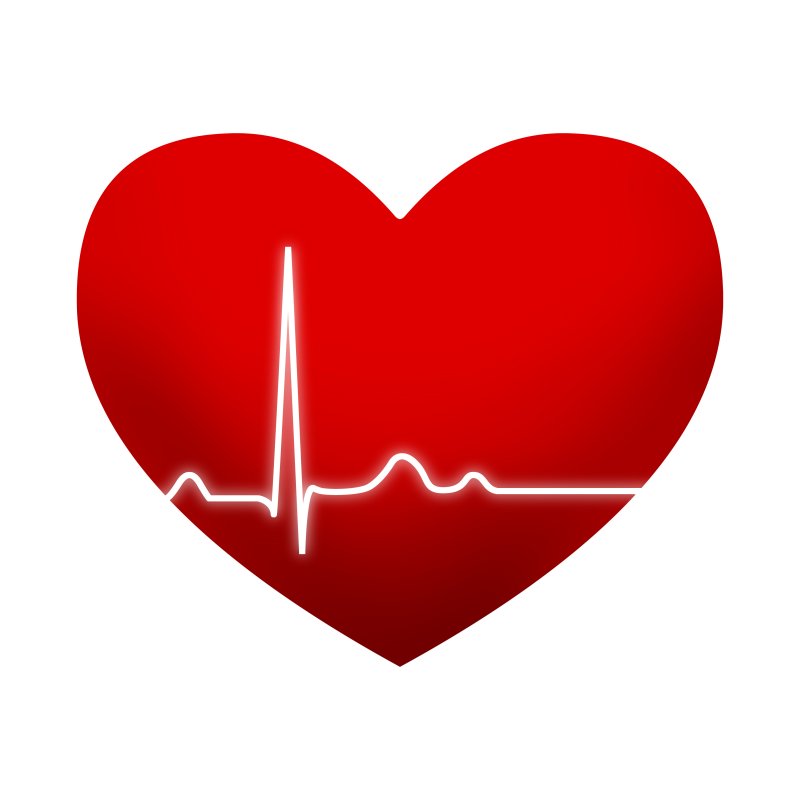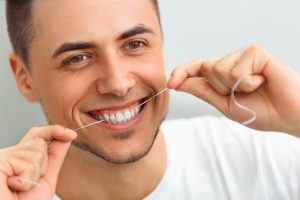
I was at a continuing education seminar last week and one of the topics being discussed was mouthguards. Although it seems basic, and you would think that everyone who should be wearing one does, this is far from the case. I still see far too many sports related dental injuries in every season which could have been prevented.
Any sport that presents the chance of contact or collision with another person, object, or surface can potentially cause injury to teeth, jaws, and oral soft tissue. These sports include, but are not limited to, football, baseball, basketball, soccer, hockey, field hockey, pond hockey, boxing, lacrosse, biking, inline skating, and skateboarding.
Teeth get in the way. Other… (Read More)







